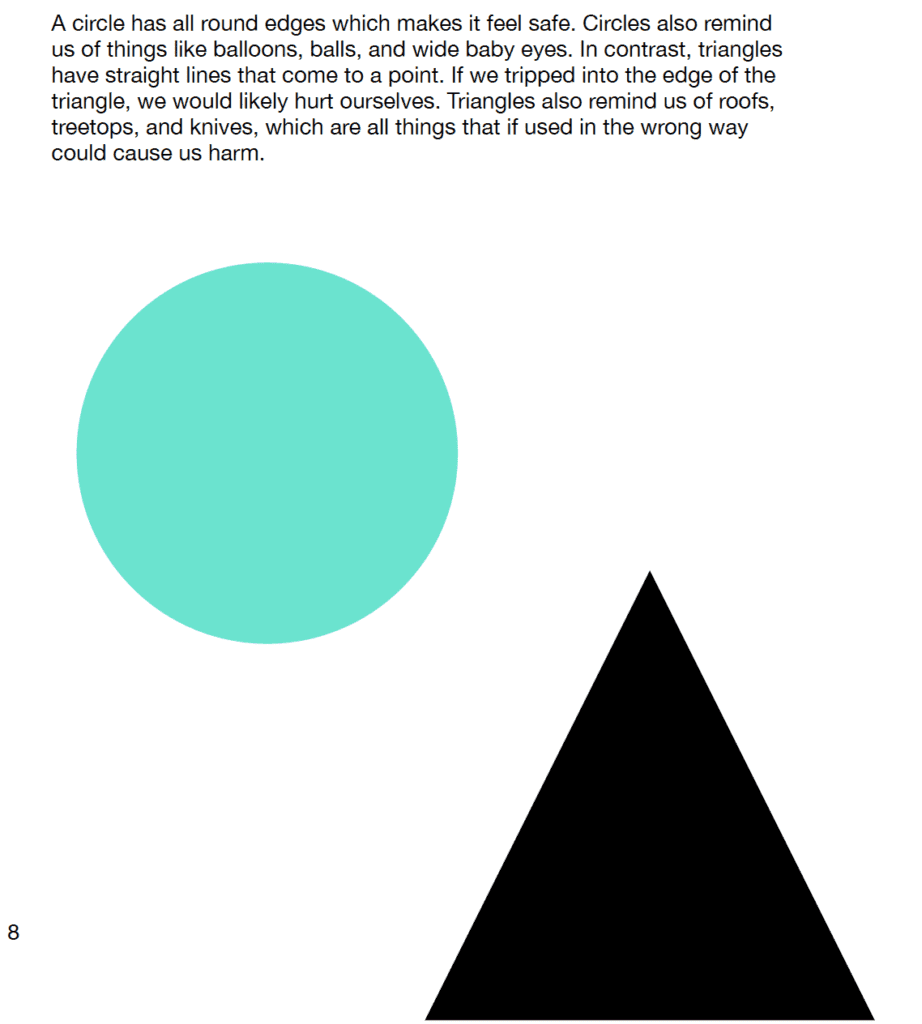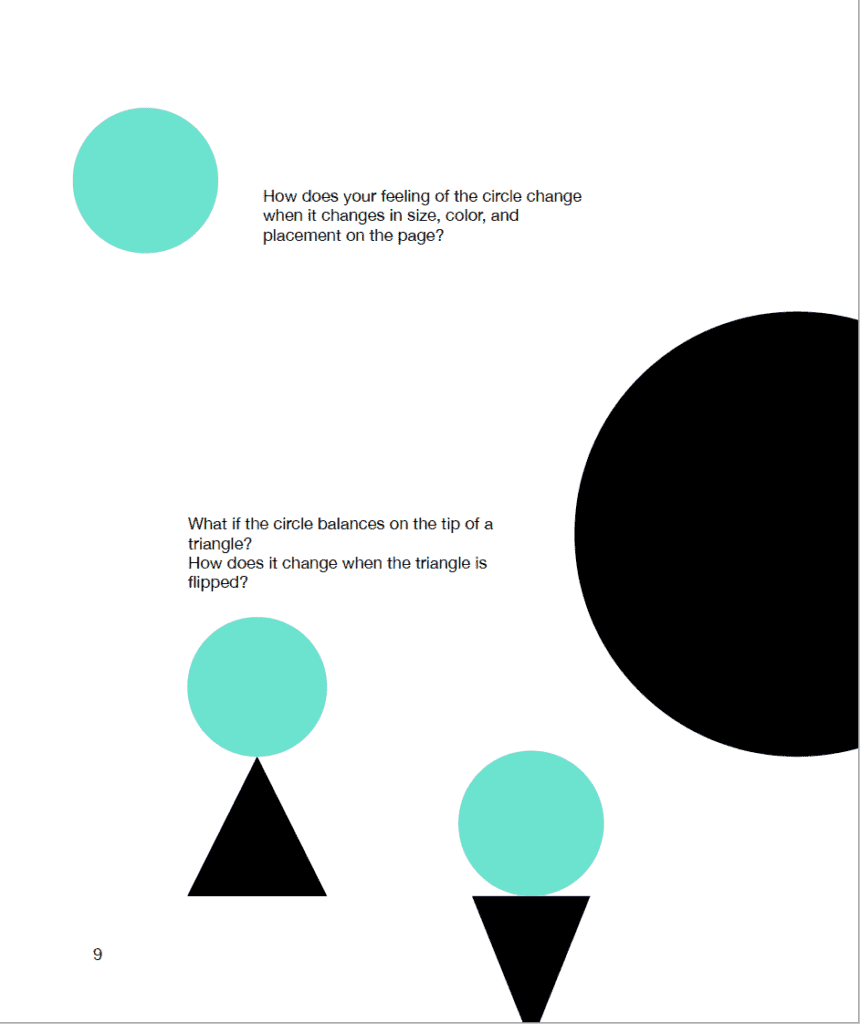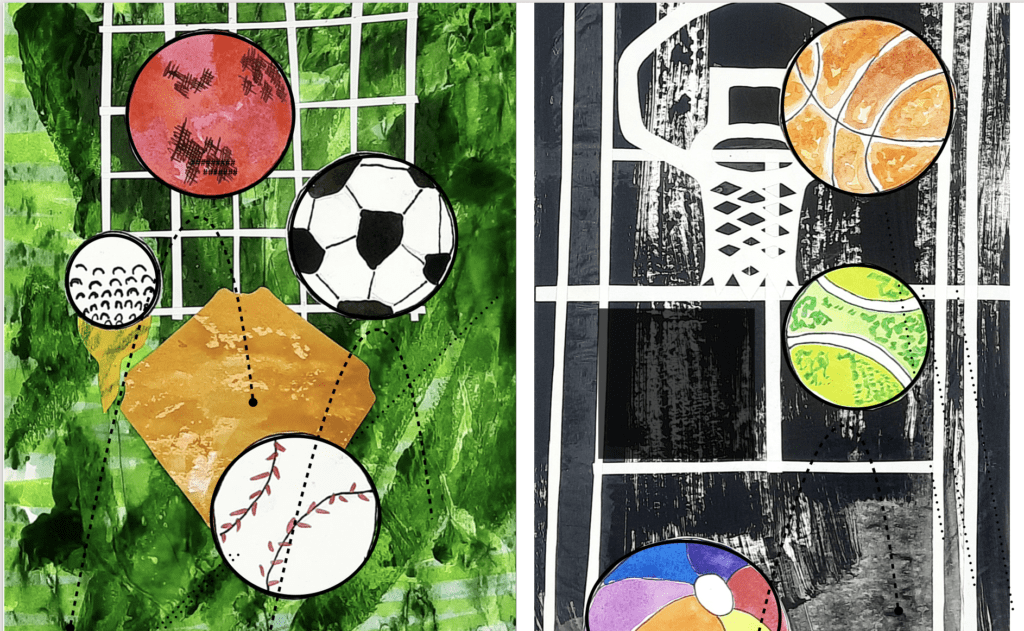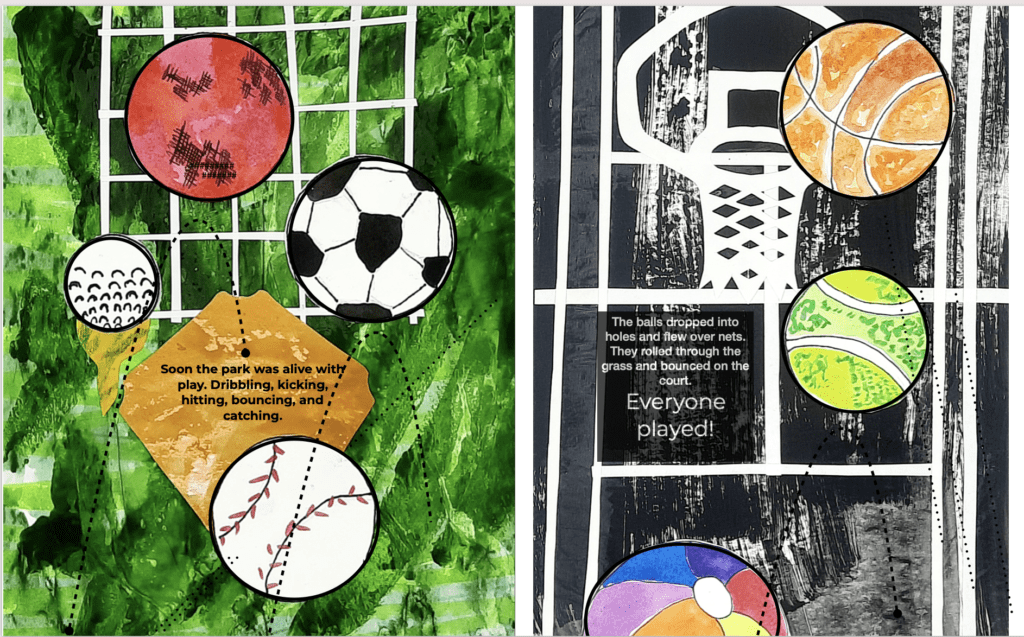Intro to Visual Literacy
If you love art, art history, and problem-solving and haven’t already, Fixed. How to Prefect the Fine Art of Problem-Solving, by Amy E. Herman, I highly recommend checking it out.
German filmmaker Wim Wenders defined creativity as “obsessive problem-solving.” There are A LOT of definitions of creativity, and this one ranks high on the lists of ones that resonate with my creative practice and research about creativity.
I work for a university that focuses on Art Education and teach Advanced Placement Studio Art and Art History. Despite all of that, I want to make it VERY clear that you do not have to make art to be creative.
Art is not inherently creative. And creativity is not limited to the arts.
You can be creative in many different ways; you have to learn how to be an “obsessive problem-solver.”
I most often view and teach creativity through the lens of art because I love art and love creating, so it’s a natural tool for me to teach problem-solving, ideation, and combination methods.
“Art can help anyone anywhere fix things because it is a universal language. Two people from completely different backgrounds with opposing viewpoints on everything can stand in front of the same image and discuss what they see.” Fixed, Amy E. Herman
Artists and designers use the elements and principles of art and design as a language to communicate visually.
Whether you have spent years studying visual literacy and visual communication or don’t even know what it is, you’ve been developing your ability to read visual images your entire life. Lines, shapes, and colors surround you. Those elements form images, patterns, and sometimes, even words. You know that red means to stop and green means to go. Blue reminds you of the sky and the ocean. An octagon makes you think of stopping, a circle makes you smile, and repeated patterns give you a sense of calm.
Images aren’t limited to pictures hanging on the walls of museums; they’re signs, diagrams, billboards, book covers, images are everywhere. Images help us to remember.


Let’s look at and “read” a picture together.

- Describe: What do you see?
- Who is involved?
- When and where is the action taking place?
- Is there conflict? What visual evidence makes you think that?
- What are three similarities? What are the three differences?
- Challenge yourself. Can you find three more similarities?
- Take one more look; what can you see that no one else can see?
Now I’ll show you the picture with the text added. How close were you to interpret the image?

To further read an image, see if you can answer these questions.
- Why did the artists decide to use the processes that they did? In the above example, the process is mixed media (collage, watercolor painting, and digital marks)
- Why did the artist decide to use the colors that they did?
- Why did the artists make the work the size that it is? (In the above work, the book size is 8″x10″ which is the same size as the original works)
- Why did the artists include the content that they did? (Content is everything that you see on the page, so examples are a basketball hoop, a tennis ball, and a golf ball)
- Why did the artist leave all of the things out that they did? ( For example, when I think of a park, I also think of kids, swings, seats for the baseball field… none of those things are included… why?)
- Why did the artist make it for the audience that they selected (if known) (This was made for teachers, parents, and young kids)
- Why did they display it where they did ( if known)? ( Right now it’s on “display” on Amazon)